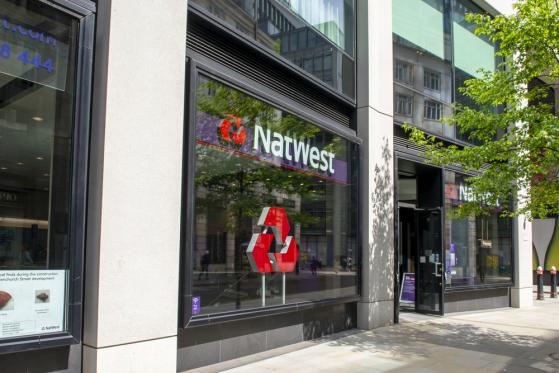Invezz.com - The British economy is doing relatively well, helped by a combination of falling inflation, strong manufacturing and services sector, and a healthy job market. The most recent data showed that the economy expanded by 0.6% in the second quarter after growing by 0.7% in Q1, helped by the services industry.
Last week, a report by S&P Global showed that the manufacturing and services PMI figures rose to 52.5 and 53.3, respectively. As a result, the composite PMI jumped to 52.8, the highest figure since 2022. In contrast, in the US, the manufacturing PMI figure remained below 45 while in the Eurozone, the data came in at 45.8.
These numbers, mean that the economy is doing better than expected. It also explains why the FTSE 100 index has jumped to a record high of £5,476.
To a large extent, the FTSE 100 or the FTSE 250 are the two top indices to buy if you are betting on the British economy. However, these funds are made up of diverse companies, some of which make most of their money internationally. Tesco (LON:TSCO), Lloyds Bank (LON:LLOY), and NatWest (NWG) are three stocks for betting on Britain.
Lloyds Bank Group | LLOY
Lloyds share price chart
Lloyds Bank’s share price has done well in the past few years and has now jumped to its highest point since 2020. Most recently, it has risen in the last three consecutive weeks and is up by over 200% from its lowest level in 2020 at the onset of the Covid-19 pandemic.
Lloyds Bank’s performance explains why it is a barometer for the British economy since it the biggest domestic bank in the country. Through its eponymous brand and other companies like Halifax, Scottish Widows, and Bank of Scotland, the company serves over 26 million companies.
Unlike Barclays (LON:BARC), it mostly focuses on retail and corporate banking and has no major investment banking division. It is also the most popular stocks among retail investors in the UK.
Lloyds Bank’s business has done well in the past few years, helped by the strong consumer and high interest rates. Its loans and advances to customers have soared to £452 billion while total customer deposits stands at £474 billion.
The most recent results showed that the total net income rose to £8.39 billion while the underlying profit came in at £3.497 billion. It has also reported lower impairment charges than expected. Lloyds is repurchasing its stock and has a healthy dividend yield of almost 5%.
Tesco | TSCO
Tesco share price chart
Tesco is another stock to buy if you are betting on Britain. It is the biggest supermarket chain store with almost 5,000 stores, primarily in the UK.
Tesco share price has gone parabolic and surged to a record high of 350p, a 151% increase from the lowest point in 2020. This growth happened as the company positioned itself as a primarily British retailer and wholesaler by exiting foreign markets.
By doing that, the firm has invested in its stores, offered discounts to customers, and expanded its retail and online footprint. It has, therefore, grown its market share to over 27% and the trend is growing. The company has also exited the banking segment by selling its brand to Barclays.
This performance happened as the Office of National Statistics (ONS) showed that retail sales have been relatively strong in the past few months. Tesco also released strong results, showing that its sales in Q1 stood at £15.3 billion, a 4.6% increase from the same period.
Analysts are generally bullish on the Tesco share price, with eight of the 18 following the company having a buy rating and the rest a hold one. The average stock target is 625p, higher than the current 350p.
NatWest | NWG
NatWest share price chart
NatWest is another company to buy if you are betting on Britain. It is a major banking group that owns brands like Westminster Bank, Royal Bank of Scotland (LON:NWG), and Coutts. It serves over 19 million customers, a figure that is growing steadily.
NatWest’s business has done well in the past few months. The most recent results revealed that its total income rose to £3.6 billion in the second quarter. Its half-year figure came in at £7.27 billion while the operating profit rose to £1.69 billion in Q2.
The management also boosted its forward guidance for the year. It expects that its total income will be over £14 billion while the Return on Tangible Equity (RoTE) will be higher than 14%.
Like Lloyds Bank, NatWest is simplifying its business, reducing its costs, increasing its investments in digital banking, and also rewarding its investors. It expects to bring its CET1 ratio to between 13% and 14% by 2026, a move that will help it pay more dividends and reduce outstanding share count.
This article first appeared on Invezz.com
